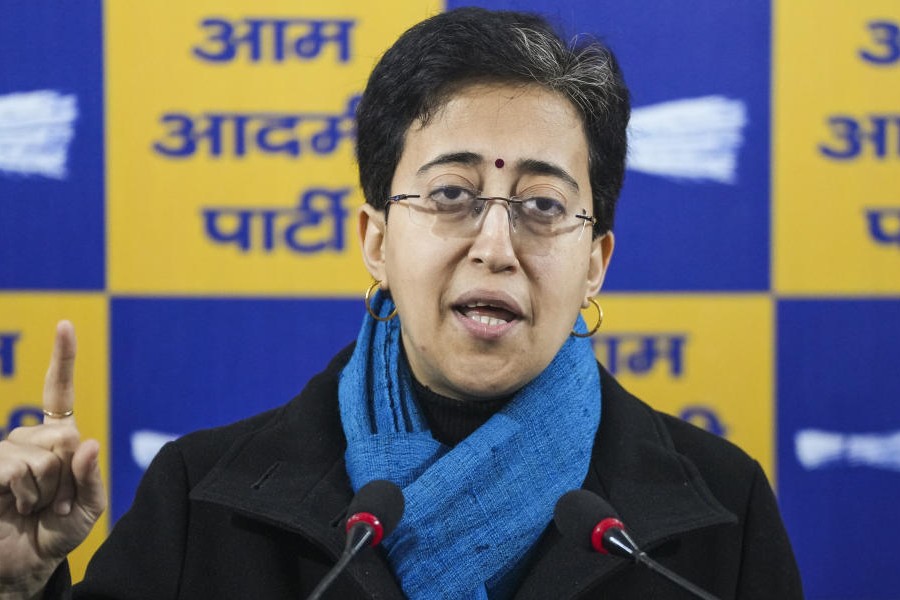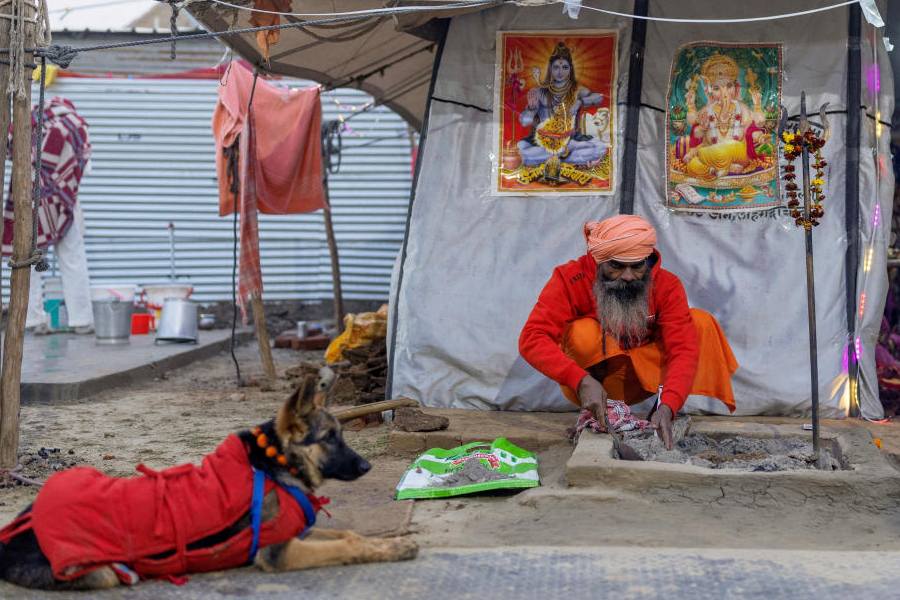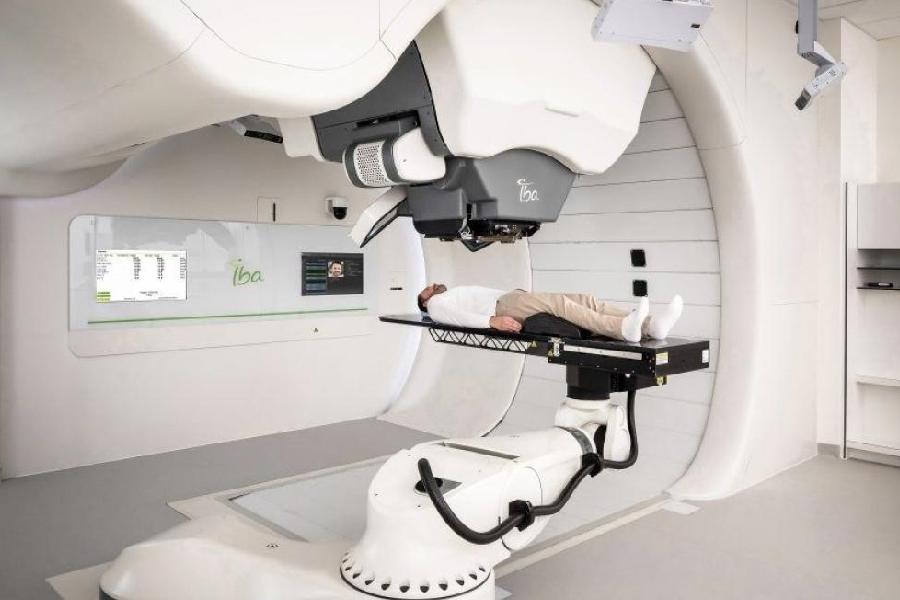The Food and Drug Administration of United States on Friday authorized the coronavirus vaccine made by Moderna for emergency use, allowing the shipment of millions of more doses across the nation and intensifying the debate over who will be next in line to get inoculated.
The move will make Moderna’s vaccine the second to reach the American public, after the one by Pfizer and BioNTech, which was authorized just one week ago.
The FDA’s decision sets the stage for a weekend spectacle of trucks rolling out as expert committees begin a new round of discussions weighing whether the next wave of vaccinations should go to essential workers, or to people 65 and older, and people with conditions that increase their risk of becoming severely ill from COVID-19.
Jockeying for the next shots in January and February has already begun, even though there is still not enough of the two vaccines for all the health care workers and nursing home staff members and residents given first priority. Uber drivers, restaurant employees, morticians and barbers are among those lobbying states to include them in the next round along with those in the more traditional categories of the nation’s 80 million essential workers, like teachers and bus drivers.
The rapid progress from lab to human trials to public inoculation has been almost revolutionary, spurred by the nation’s urgent need to blunt the pandemic that has broken record after record in U.S. deaths, hospitalizations and economic losses. In the last week alone, there has been an average of 213,165 cases per day, an increase of 18% from the average two weeks earlier. And the daily death toll in recent days has surpassed 3,200.
Dr Anthony Fauci, the nation’s top infectious disease expert, said in an interview Friday evening that the advent of two vaccines was “a historic moment.”
“This to me is a triumph of multiyear investment in biomedical research that culminated in something that was not only done in record time, in the sense of never before has anybody even imagined you would get vaccines to people in less than a year from the time that the sequence was made known,” Fauci said.
“This is an example of government working. It worked really well,” he added.
Moderna, a company based in Cambridge, Massachusetts, worked with Fauci’s agency at the National Institutes of Health to create a vaccine that, along with Pfizer-BioNTech’s, shepherds in a new technology based on genetic material called messenger or mRNA. In clinical trials in tens of thousands of volunteers, the vaccines proved 94% to 95% effective. Each requires two shots.
Both products are reaching an anxious public before vaccines made with traditional approaches, and have become even more critical as other companies’ efforts have faltered in recent months.
The emergency authorization kicks off a swift and complex drive to distribute some 5.9 million doses of the Moderna vaccine around the country, with shipping to begin Sunday and deliveries starting Monday. The first Moderna vaccinations could then be given hours later.
Because Moderna’s vaccine, unlike Pfizer-BioNTech’s, does not need extreme-cold storage and is delivered in smaller batches, states are hoping to provide it to less populated areas, reaching rural hospitals, local health departments and community health centres that were not at the top of the distribution list.
Three places that did not receive the Pfizer-BioNTech vaccine — the Marshall Islands, Micronesia and Palau — will receive the Moderna vaccine for that reason, according to a federal health official familiar with the government’s distribution plans.
And in contrast to Pfizer’s rollout last week, the Moderna vaccine deliveries will be managed by the federal government under the funding of Operation Warp Speed, the administration’s program to develop and distribute vaccines as fast as possible.
Supplies of a second vaccine cannot come soon enough. Several governors and state health officials said Friday that they were dismayed to learn they would be getting less of the Pfizer-BioNTech vaccine next week than the federal government had promised.
Dr Mark Levine, the commissioner of the Vermont Department of Health, said in a Friday briefing: “All my colleagues in the region are reporting a 25 to 35% decrease in their allocation for next week. As we were walking in, I learned as many as 975 doses out of an expected 5,850 doses would not be coming in when we expected. That doesn’t mean we won’t be getting all of those doses. It just means they won’t be coming in when we expected.”
He added, “What everyone around the country is upset about, in addition to just the number, is there’s been no communication, so there’s no understanding of what this really means.”
The emergency authorization Friday was the product of an FDA review process that compressed an extraordinary amount of work into weeks, and occurred at the same time regulators were poring over materials for the Pfizer-BioNTech vaccine.
The overlap led to a grueling schedule for the reviewers. Large teams organized into specialties — epidemiology, statistics and manufacturing among them — and reviewed Moderna’s application day and night once the company submitted its data in late November.
Among the review’s components were teams that examined company production facilities and clinical trial sites to affirm that records corresponded to the materials Moderna had submitted to federal regulators.
Looming over the FDA in recent weeks has been the prospect of political influence on the agency’s review of both vaccines. President Donald Trump has publicly ridiculed and pressured Dr. Stephen M. Hahn, the FDA commissioner, to speed authorization.
Hahn on Friday tried to distance the agency from any perceived meddling.
“We worked quickly, based on the urgency of this global pandemic, not because of any external pressure,” he said in a news briefing shortly after the authorization was announced. “We have not cut corners, but rather have cut through regulatory red tape that can sometimes slow down the process.”
The FDA’s advisory panel also had to consider new information — reports of severe allergic reactions, two in Britain and two in the United States, in people who received the Pfizer-BioNTech vaccine after it was authorized. Although that vaccine is not identical to Moderna’s, they are similar. The agency and the Centers for Disease Control and Prevention are investigating the cases, but say the vaccines can be safely administered to most people who have allergies, with careful monitoring.
In the Friday night briefing, the FDA’s top vaccine regulator, Dr. Peter Marks, said that there were about five cases under investigation across the country.
Marks said that it was “dangerous” for him to speculate about the cause of the reactions, but mentioned a possible link between rare allergic responses and polyethylene glycol, an ingredient in both vaccines but in different formulations. The reactions have occurred in people who got the Pfizer vaccine in its first weeks of a public rollout.
The FDA’s authorization also represented a capstone to a sprawling government-led effort that began in January, when scientists at the NIH and Moderna designed the vaccine within two days of China’s releasing the genetic sequence of the new virus.
The company had never brought a product to market, giving it an underdog status as its vaccine was tested on the same timetable as Pfizer-BioNTech’s. Moderna enjoyed an unusually intimate relationship with Operation Warp Speed, which has monitored its supply on an almost hourly basis this year. The company benefited from nearly $2.5 billion in federal funds used to buy raw materials, expand its factory and enlarge its workforce by 50%.
Public health experts and federal officials still estimate that it will be at least six months, if not longer before most Americans can be vaccinated. And that depends on whether other vaccines in trials are successful and receive emergency approval.
New York Times News Service











